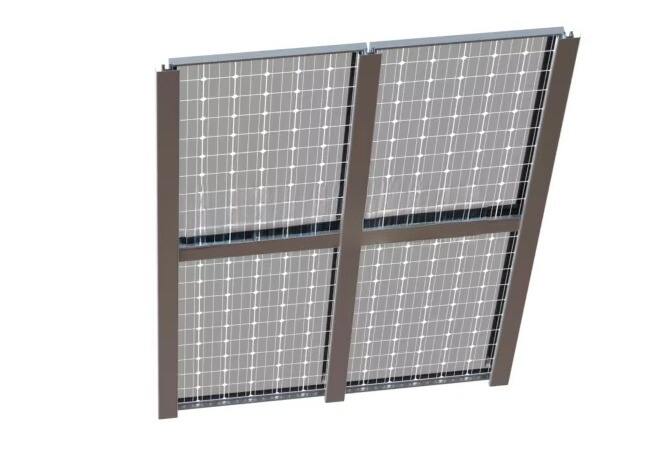Solar panel mounting structures are integrated systems designed to secure solar panels in place while optimizing their orientation for maximum sunlight absorption. These structures are critical for converting sunlight into electricity efficiently, as they ensure panels remain stable, aligned, and protected from environmental damage over their 25+ year lifespan. Constructed from durable materials, the choice of which depends on the application: aluminum alloy (6063-T5) for lightweight rooftop systems, galvanized steel for heavy-duty ground mounts, and stainless steel (316) for coastal or corrosive environments. These materials offer a balance of strength, weight, and corrosion resistance, ensuring the structure can withstand wind speeds up to 160 km/h, snow loads up to 5 kN/m², and temperature extremes from -40°C to 85°C. Solar panel mounting structures vary by installation type: rooftop structures may be penetrative (bolted to roof joists) or non-penetrative (weighted with ballasts) to preserve roof integrity; ground structures use posts, helical screws, or concrete footings for stability, with adjustable tilts (10°–45°) to match local sun angles; and floating structures are designed for water bodies, using buoyant materials like HDPE. Key components include rails (to which panels are clamped), brackets (connecting rails to the base structure), and fasteners (ensuring secure connections). Modular designs allow for easy scaling—adding more panels as energy needs grow—while pre-drilled holes and standardized components simplify installation, reducing labor costs. Compliance with international standards such as ASCE 7 (structural loads) and IEC 62715 (PV system safety) ensures these structures meet global safety and performance benchmarks. Solar panel mounting structures are not just about support—they are precision-engineered systems that directly impact energy production by maintaining optimal panel tilt, spacing, and stability, making them a foundational element of any solar energy system.
